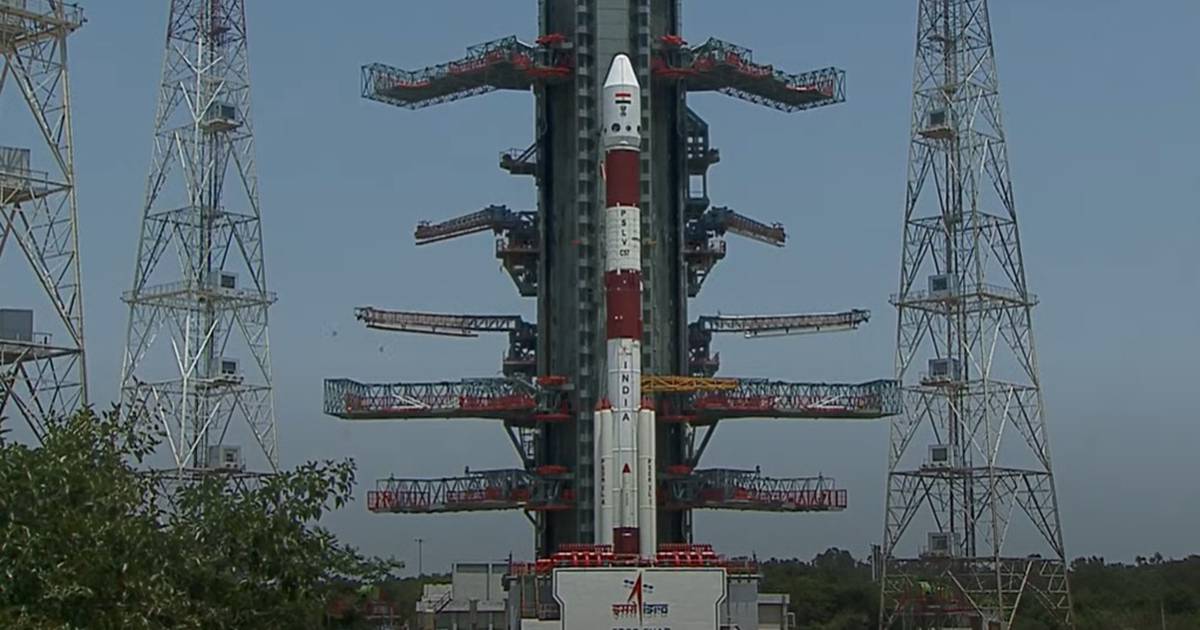The rocket left a trail of smoke and fire as scientists applauded, a live stream on the Indian Space Research Organization (ISRO) website showed.
Nearly 500,000 people watched the broadcast, and thousands gathered near the launch site to watch the takeoff of a spacecraft to study solar winds, which can cause auroras on Earth.
Named after the Hindi word for sun, the Aditya-L1 spacecraft was launched after India beat Russia late last month in the race to become the first country to land on the moon’s south pole. Although Russia had a more powerful rocket, the Indian Chandrayaan-3 spacecraft outlasted the Russian Luna-25 and successfully landed on the lunar surface.
WATCH VIDEO – Launch of Aditya-L spacecraft:
The Aditya-L1 spacecraft is designed to travel about 1.5 million kilometers over four months to a sort of parking lot in space, where objects mostly stay in place due to the balancing of gravitational forces, which reduces the spacecraft’s fuel consumption.
These places are called Langrange points, named after the Italian-French mathematician Joseph-Louis Lagrange.
The mission has the capacity to make a “big bang in science,” said Somak Raychaudhury, who was involved in developing some of the observatory’s components, adding that energetic particles emitted by the Sun could hit satellites that manage communications on Earth.
– There were situations when the main communication (channels) were closed because the satellite was hit by a large amount of corona radiation. Satellites in low Earth orbit are the main focus of private players in the world, which makes the Aditya L1 mission a very important project – he said.
Scientists hope to learn more about the effect of solar radiation on the thousands of satellites in orbit, the number of which is growing in parallel with the success of ventures such as Elon Musk’s SpaceX’s Starlink communications network.
“Today’s low Earth orbit is heavily polluted due to private sector involvement, so understanding how to protect satellites there will be especially important in today’s space environment,” said Rama Rao Nidamanuri, head of the Earth and Space Sciences Department at the Indian Institute of Space Sciences and Technology.
In the long term, the data the mission collects will help better understand the Sun’s effect on Earth’s climate patterns and the cause of the solar wind, a series of particles that travel from the Sun through the Solar System, ISRO scientists said.
India has privatized space launches, a move championed by Prime Minister Narendra Modi, and wants to open up the sector to foreign investment as it seeks to quintuple its share of the world’s launch market over the next decade.
As space turns into a global business, the country is banking on ISRO’s success to demonstrate its prowess in the sector.
